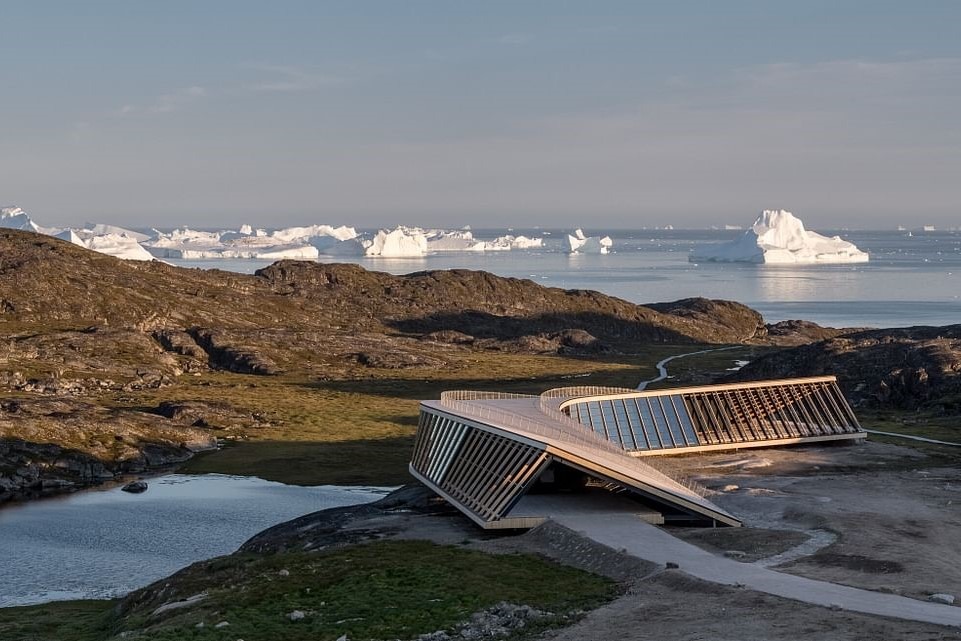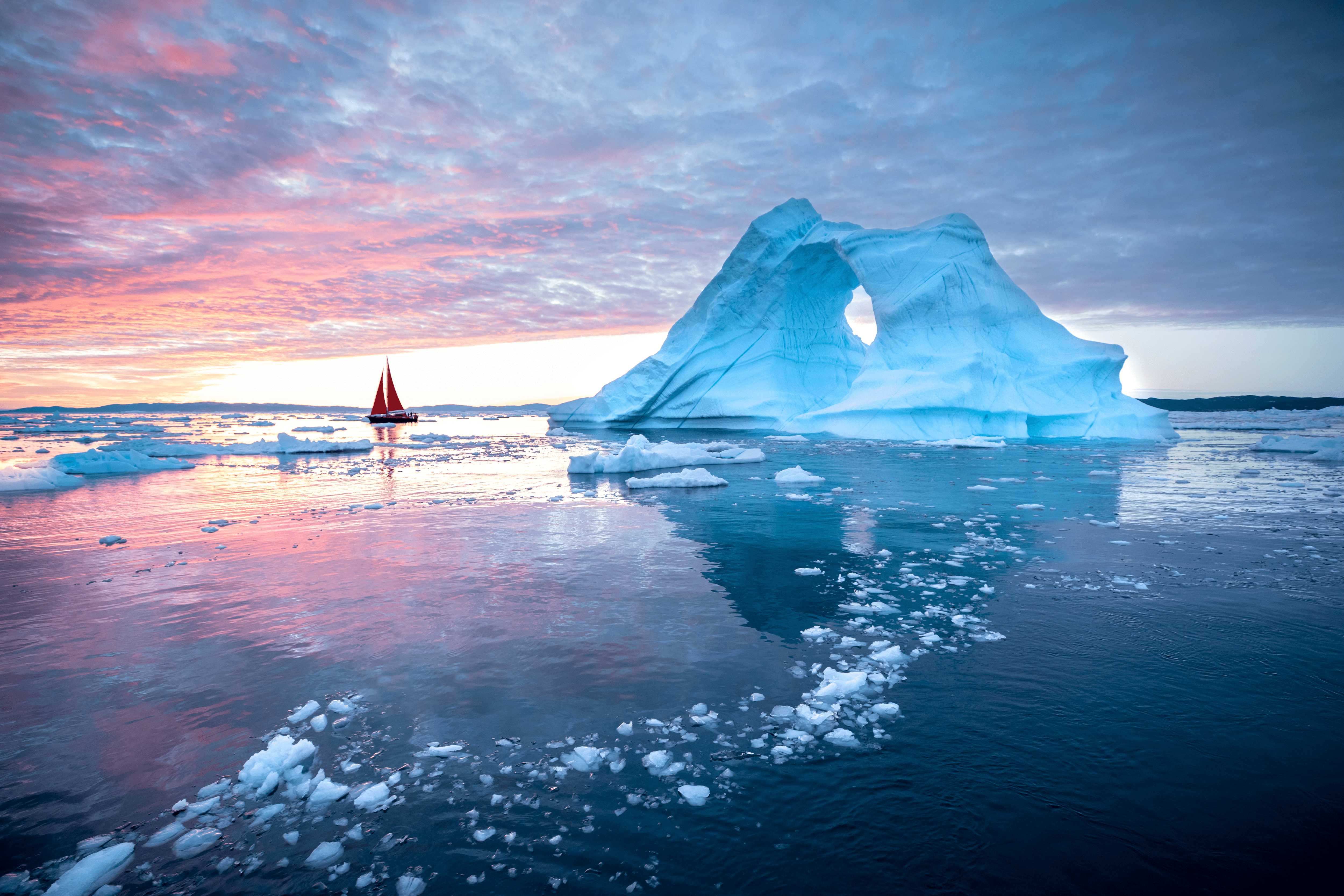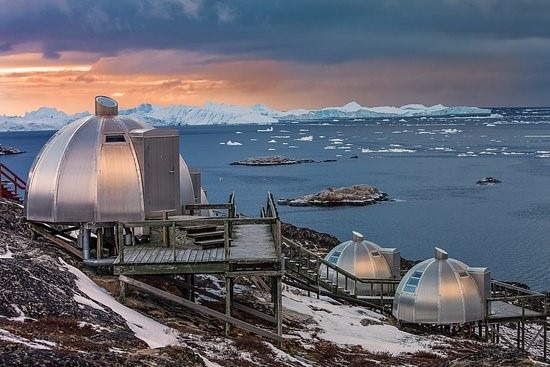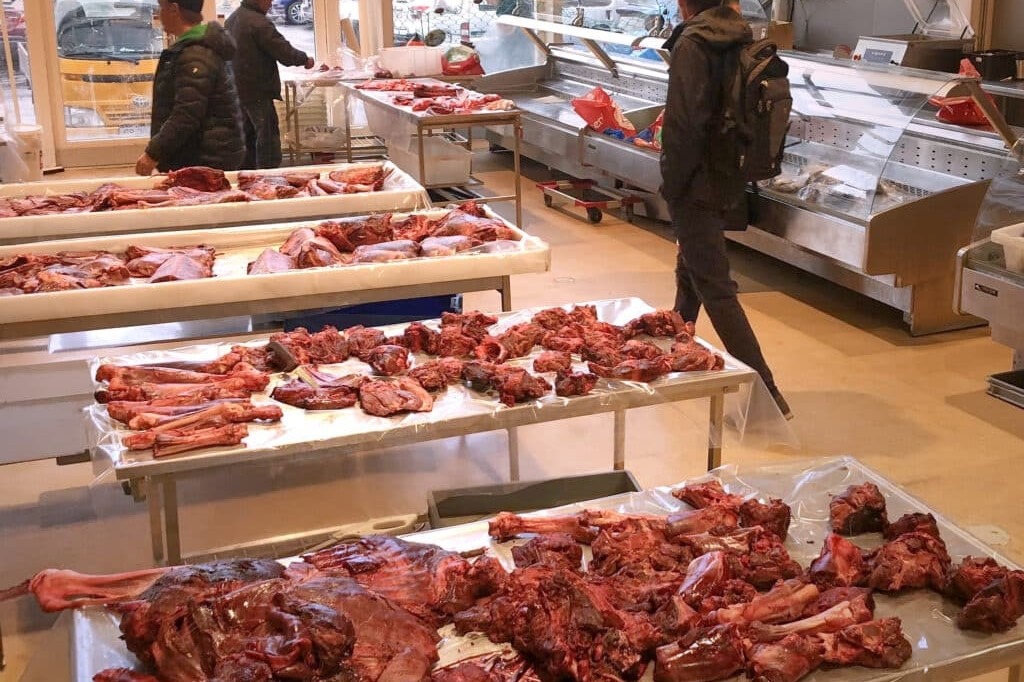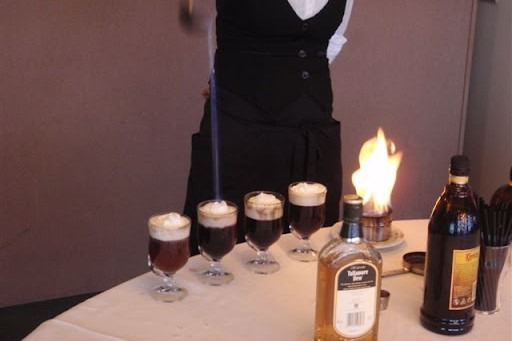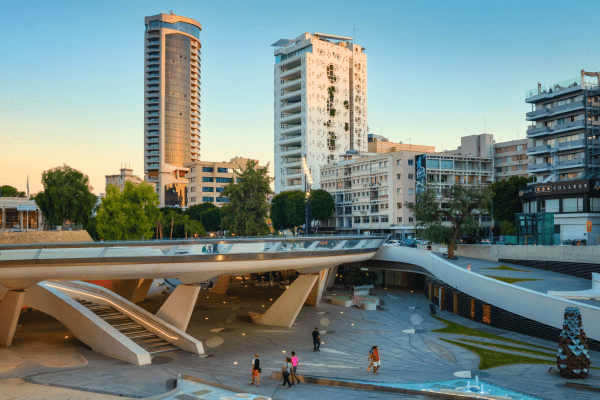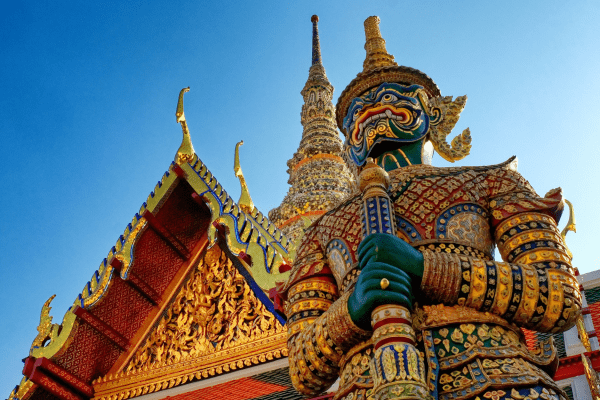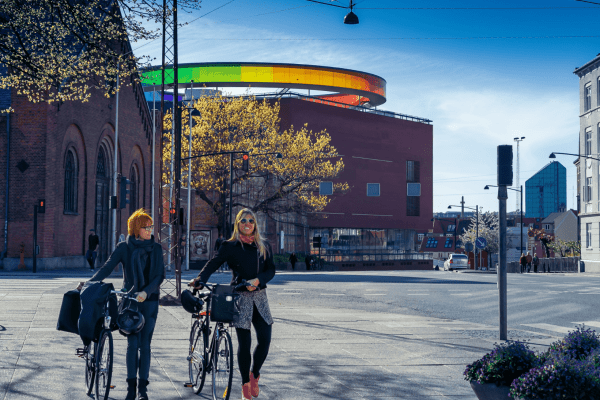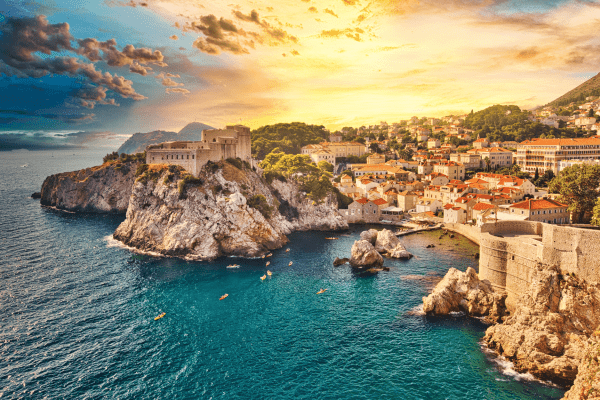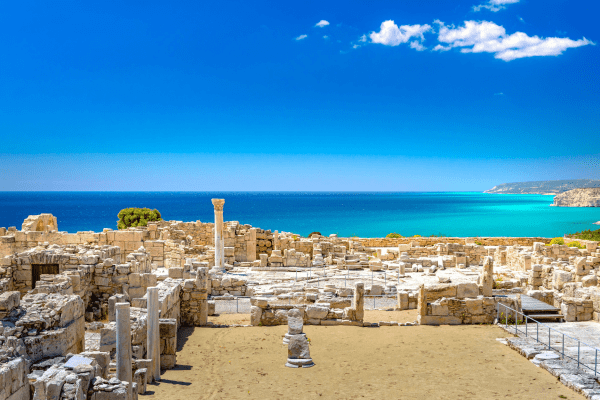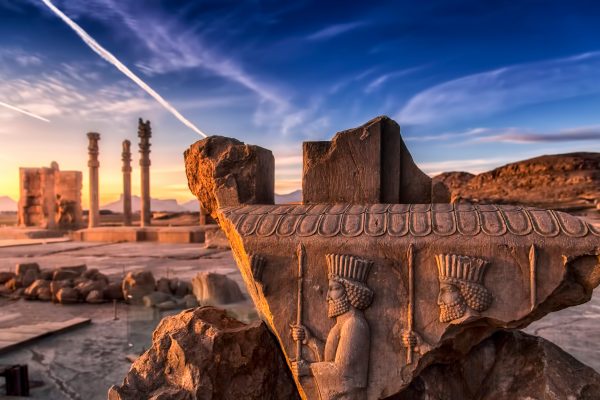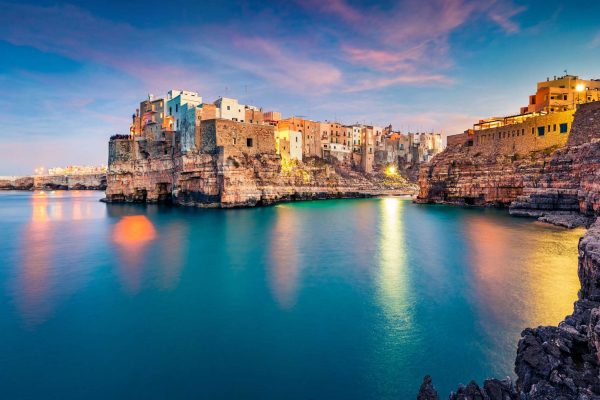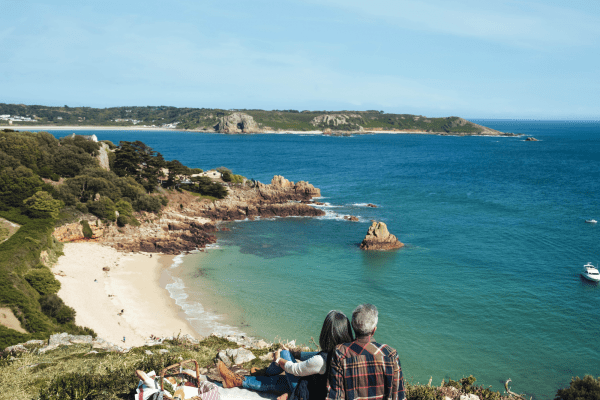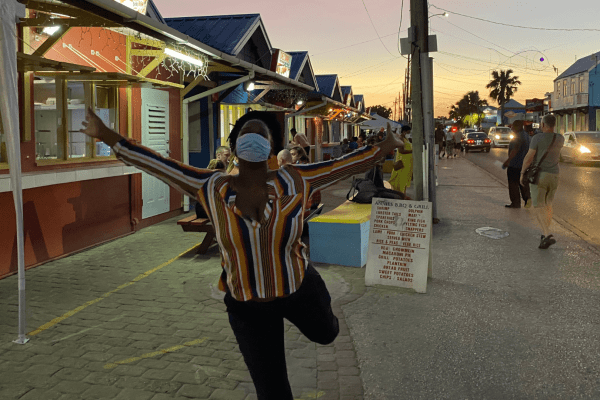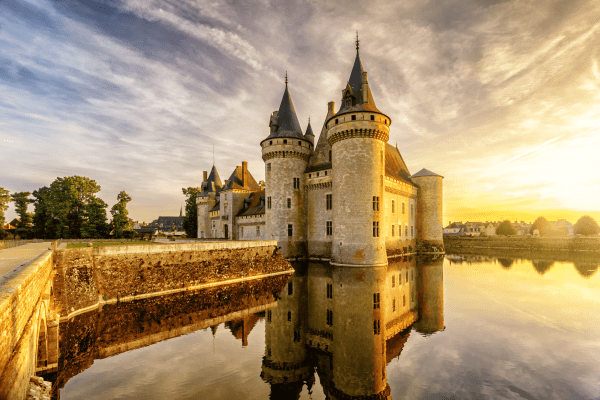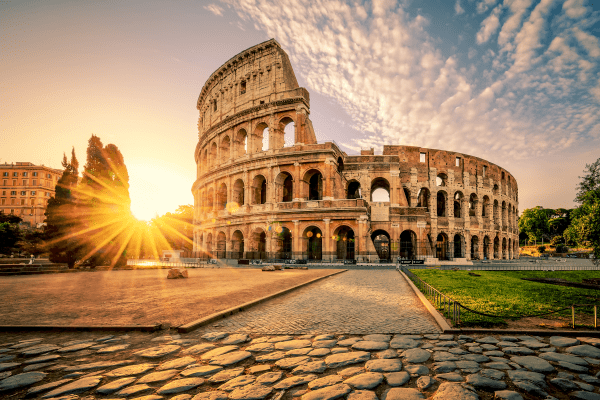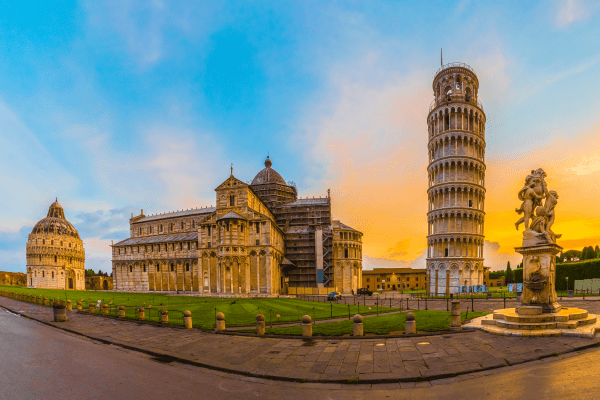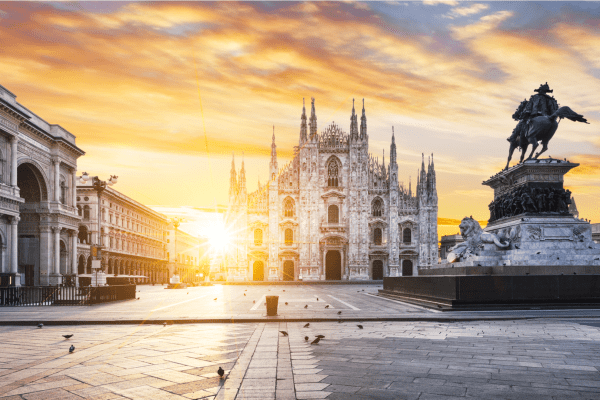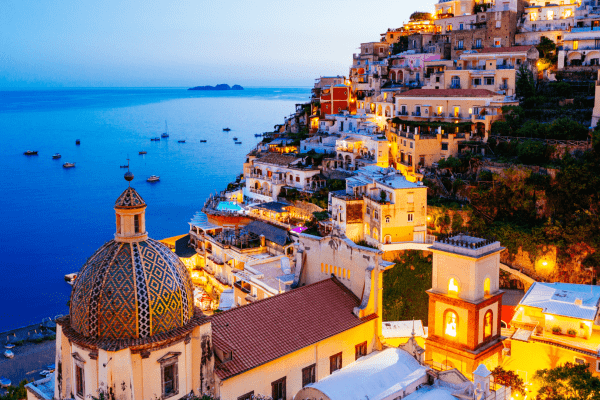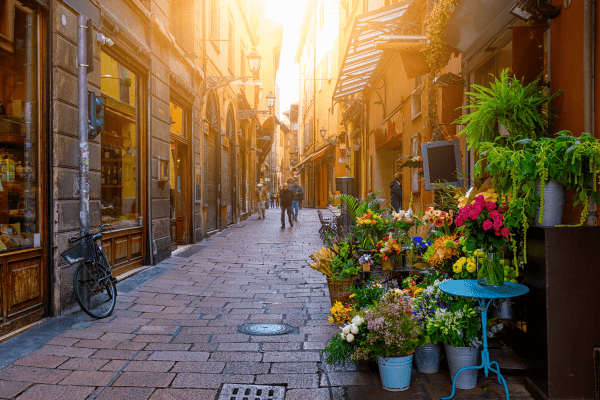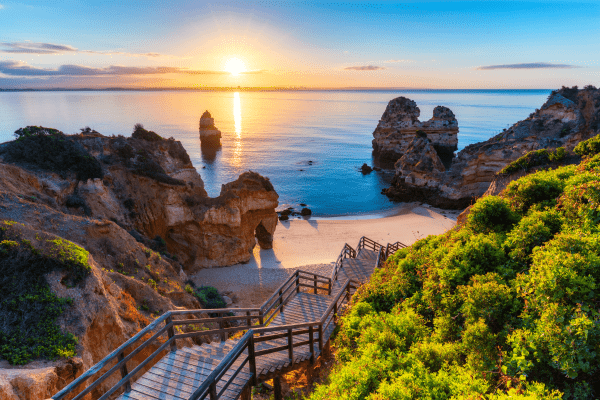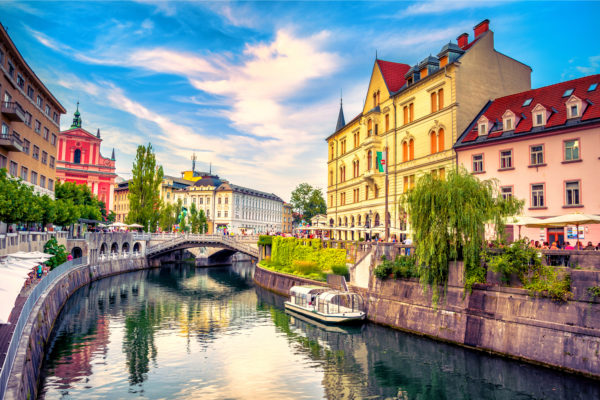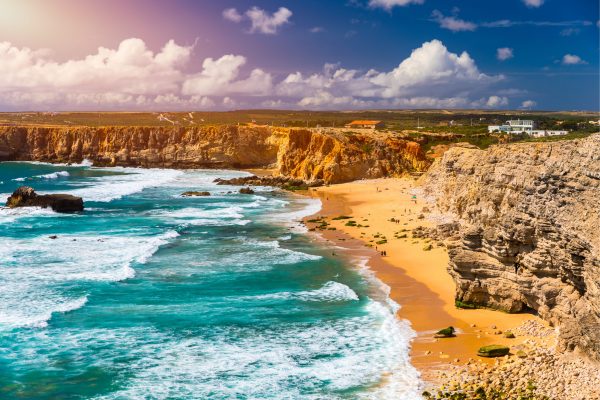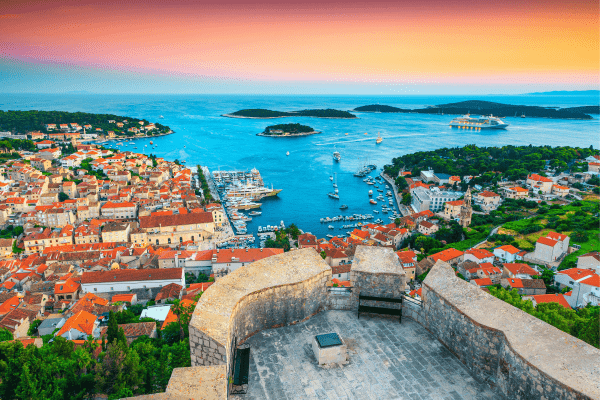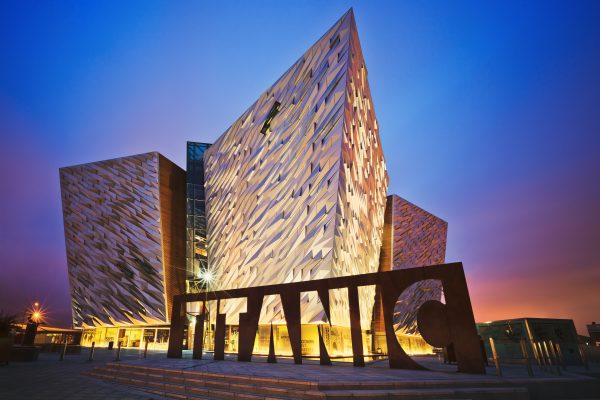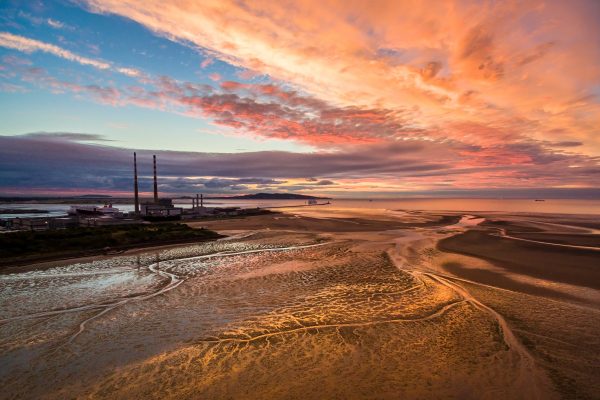Icebergs, Fjords and Fish in the Arctic Circle
Wrapped in a warm blanket and sipping on whiskey made from glacial ice you gaze at the Northern Lights in the silence of the long Greenlandic night. Here you know for certain what you only suspected before, that you are indeed a very small person on a very big planet. On earth’s largest island, you’re invited to connect with nature in a way lost elsewhere. Sure you can see the verdant glow of the Northern Lights in other parts of the world – Scandinavia, Iceland, Scotland even – but Greenland truly offers the space for a really personal experience; the openness to relax, reflect and reset away from our crowded lives. Here you’ll rediscover how humanity and nature are intrinsically linked, how survival frames a way of life that most of us have long left behind.
The huge northern nation is covered by an ice sheet the size of Western Europe leaving just the fjord riven edges of the 2 million square kilometre land mass accessible for the hardy population of 55,000 Inuits, Danes and a few intrepid expats. Adventurous travellers are also increasingly drawn to explore one of the last great wildernesses on earth. The summer months with long hours for hiking, sailing and enjoying the midnight sun are the most popular by far, with a high price tag attached to limited hotel offerings. In contrast, cold and dark December and January see barely any daylight at all. The low season on the shoulder months of mid-September to early November and then February to March however offer amazing opportunities to enjoy some unique experiences. While Greenland is never going to be a budget destination, these are the periods you’ll get the best value for your cash and really connect with the locals. Having said that, don’t just rock up with a Lonely Planet and snow gear and be ready for adventure. A trip to Greenland requires carefully planning and advance booking. With no roads connecting the disparate towns, journeys are made by plane, helicopter or the popular coastal ferry service. A good bet is to choose a base and pre-book your excursions depending on your preferences and local conditions.
Inuit Culture
Greenlanders have a long history of self-sufficiency, with hunting, sledding, and fishing a means to an end rather than for fun. Despite the hardships of their lifestyle, Greenlanders remain relaxed, unpretentious, friendly, hospitable, and helpful. Sharing and rationing of valuable commodities like fruit and vegetables make sense, but hoarding is rare. Although the nation falls under the auspices of Danish rule, locals remain proud of their Inuit heritage, elected government, and Greenlandic language. Many young people these days do speak English, but you may find older folk using their native tongue only. Greenland is a haven for fish and seafood with fishermen bringing in their catch daily. Fish lovers will be in their element.
Adventures in Autumn
Let the crowds go home while you enjoy a low season Autumnal visit mid-September to early November. At this time there is enough daylight to enjoy decent hikes among the golden colours of the spectacular Arctic mountains. You can also still sail in beautiful fjords surrounded by huge icebergs and see seals, caribou, and eagles. Temps may dip but even in minus figures, it doesn’t seem so cold due to low humidity and low rainfall. It’s also at this time that the Northern Lights come into their own, easily visible from your hotel or on a short walk into the rural environs. Remember though that the weather is king. Once the harbours freeze, sailing is no longer possible, but take the lead of locals, and switch to a more appropriate winter activity.
Winter Wonderland
If you long for a proper winter, then now’s your chance. February and March see tons of snow and all the fun that comes with it. Try snowshoe walking. Once you get the hang of it, it’s quite easy and an amazing way to explore the spectacular glistening landscape. If you prefer something faster snow scooters and snowmobiling are also on offer, while authentic husky dog sledding with local hunters is a rush like no other. Ice fishing is also possible. The most popular destinations remain open for tourism year-round. Not least, Ilulissat, home to the impressive UNESCO World Heritage Site of Ilulissat Ice Fjord, the fastest moving glacier globally, is a perfect base even in winter. The exhibition at the superb new centre is of hugely significant value for the study of climate change, which is becoming increasingly obvious in the Arctic and around the world.

